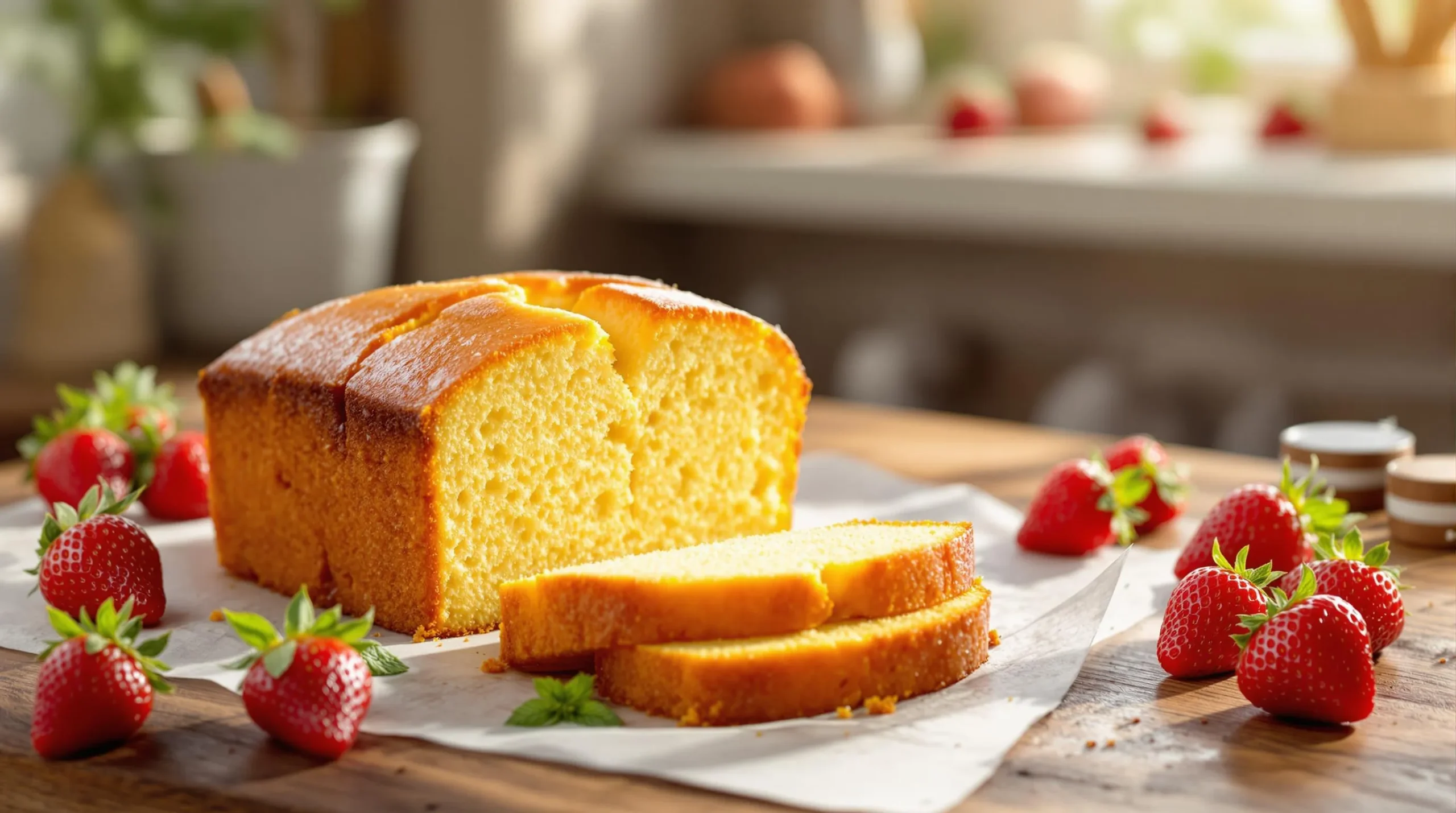What Makes This Pound Cake Recipe Special
This pound cake recipe stands out from typical versions thanks to several key features that elevate its flavor and texture. The perfect balance of premium ingredients creates a cake that’s simultaneously rich and delicate with a velvety crumb structure that melts in your mouth.
Traditional pound cake gets its name from the equal weights of butter sugar eggs and flour used in the recipe. Our version maintains this classic foundation while incorporating subtle enhancements. The addition of pure vanilla extract provides depth of flavor without overwhelming the buttery essence that defines a great pound cake.
Temperature control plays a crucial role in this recipe’s success. Using room-temperature ingredients allows for proper emulsion resulting in a cake with exceptional rise and even texture. Many recipes overlook this detail but it makes a important difference in the final product.
The mixing technique used here deserves special attention. Unlike other cakes that require minimal mixing this pound cake benefits from extended creaming of butter and sugar. This process incorporates air into the batter creating the signature fine crumb texture that distinguishes superior pound cakes.
A touch of salt balances the sweetness perfectly while improving the butter flavor notes. The slow baking process at a moderate temperature ensures even cooking throughout without drying out the edges. This careful approach produces a consistent golden crust with that characteristic crack along the top that pound cake enthusiasts recognize as the mark of excellence.
Your finished cake will have remarkable keeping qualities staying fresh for days when properly stored. This longevity makes it perfect for advance preparation before special occasions or for enjoying slice by slice throughout the week.
The History of Pound Cake
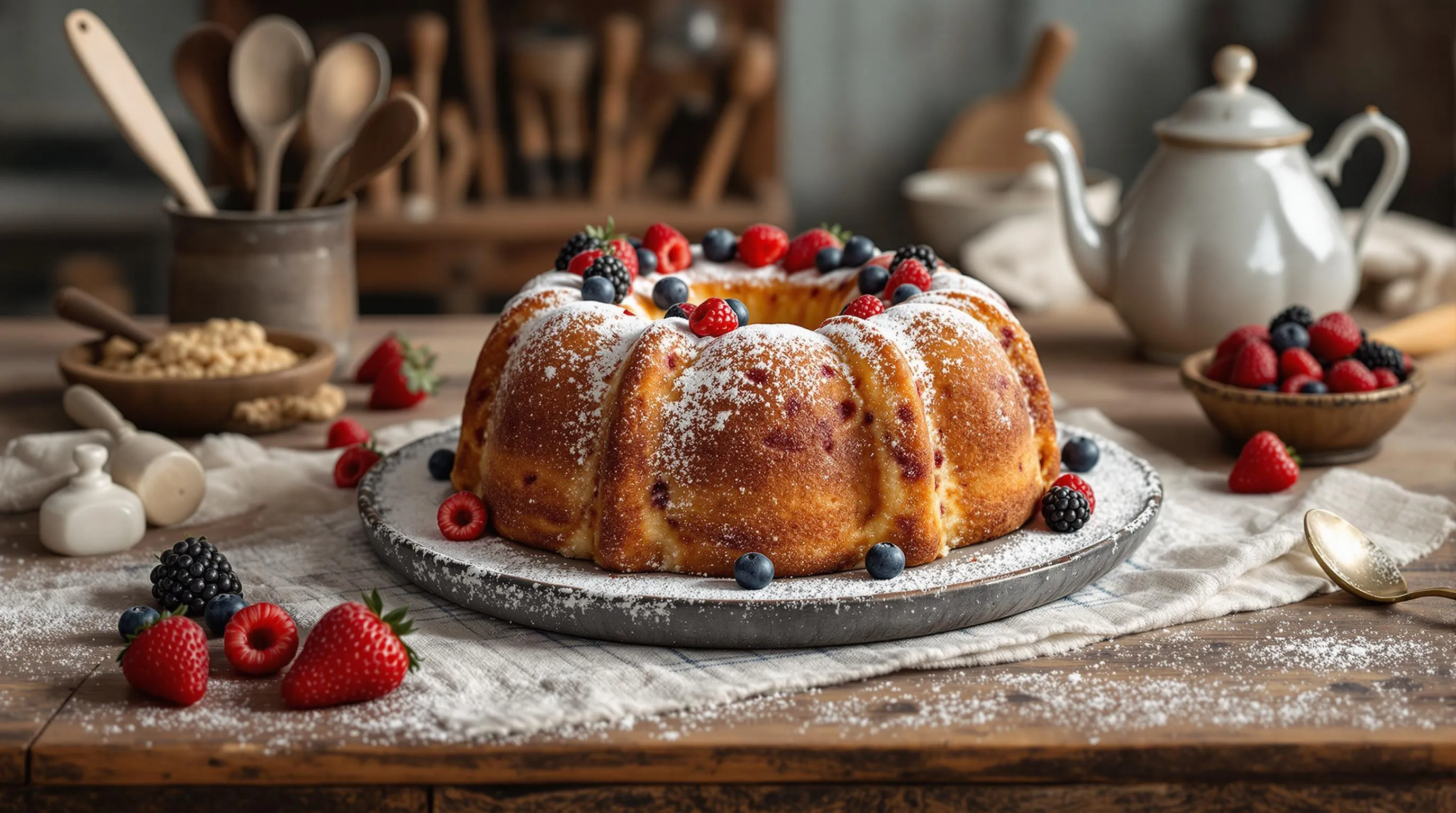
Pound cake traces its origins back to Northern Europe in the early 18th century when it first appeared in English and American cookbooks. The name “pound cake” comes from its original recipe which called for one pound each of butter sugar eggs and flour. This simple 1:1:1:1 ratio made it easy for home bakers to remember even in times when literacy was not widespread.
During the 1700s pound cake quickly gained popularity throughout England and colonial America as a symbol of prosperity. The generous quantities of expensive ingredients demonstrated wealth while creating a dessert substantial enough to feed large families or guests. Your modern pound cake likely contains smaller proportions than its historical counterpart which often weighed around four pounds when baked.
By the 19th century bakers began modifying the traditional formula introducing leavening agents like baking powder to create lighter textures. American variations evolved to include flavorings such as vanilla almond or lemon while maintaining the cake’s characteristic dense crumb and rich taste. Regional adaptations appeared across the South where pound cake became a staple at family gatherings and holiday celebrations.
The Victorian era saw pound cake featured prominently at tea services and social functions where its sturdy texture made it ideal for slicing and serving without crumbling. French variations like the quatre-quarts (meaning “four quarters”) maintained the equal weight principle while incorporating regional preferences. Throughout Europe similar dense butter cakes developed including the German Sandkuchen and Italian Pan di Spagna.
In the 20th century pound cake recipes continued to evolve with additions like sour cream cream cheese or buttermilk to enhance moisture and flavor. Even though these modifications the fundamental characteristics of pound cake—its buttery flavor fine texture and keeping qualities—remain largely unchanged from its historical roots. Today’s pound cake stands as a testament to culinary tradition that has endured for over three centuries while adapting to modern tastes and techniques.
Ingredients You’ll Need

Creating the perfect pound cake requires quality ingredients measured with precision. Each component plays a crucial role in achieving that signature dense yet tender crumb that makes pound cake so beloved.
Butter and Sugar
Unsalted butter forms the foundation of any great pound cake recipe. You’ll need 1 cup (2 sticks or 226g) of unsalted butter at room temperature for proper creaming. Select high-quality butter with at least 82% butterfat for the richest flavor and best texture. Granulated sugar is the traditional sweetener for pound cake; measure out 2 cups (400g) and ensure it’s free of lumps. The extended creaming process between butter and sugar creates millions of tiny air pockets that give your pound cake its fine-grained texture. For best results allow your butter to sit at room temperature for about 1 hour before baking—it should yield to gentle pressure but still hold its shape.
Eggs and Flour
Large eggs provide structure moisture and richness to your pound cake. For a classic recipe prepare 4 large eggs at room temperature. Cold eggs can cause the batter to curdle so place them in a bowl of warm water for 5-10 minutes if you’re short on time. All-purpose flour works perfectly for pound cake; measure 2 cups (240g) and consider sifting it to remove any lumps for the silkiest texture. For the most accurate results weigh your flour using a digital kitchen scale rather than relying on volume measurements. The protein content in all-purpose flour (around 10-12%) creates the perfect balance between structure and tenderness in your finished cake.
Flavorings and Add-ins
Pure vanilla extract enhances the buttery flavor without overwhelming it—use 2 teaspoons for a standard loaf. Consider premium Madagascar bourbon vanilla for its superior flavor profile. Add ¼ teaspoon of salt to balance sweetness and intensify the butter flavor even in unsalted butter recipes. For variations incorporate 1 tablespoon of citrus zest (lemon orange or grapefruit) or swap ¼ cup of flour for cocoa powder to create a chocolate version. More adventurous bakers might fold in 1 cup of fresh berries tossed in 1 tablespoon of flour to prevent sinking or add ½ cup of toasted chopped nuts for texture contrast. Traditional pound cake contains no chemical leaveners but modern adaptations sometimes include ½ teaspoon of baking powder for a slightly lighter crumb.
Equipment Required

Baking the perfect pound cake requires exact equipment to achieve that signature dense crumb and golden crust. Gathering these tools before you begin will streamline your baking process and help ensure excellent results.
Baking Pan Options
The traditional vessel for pound cake is a loaf pan measuring 9×5 inches. This size allows the batter to rise properly while maintaining the classic pound cake shape. Alternatively you can use an 8×4 inch loaf pan for a taller cake with a more pronounced dome. For a different presentation consider using a 10-cup Bundt pan which creates an elegant cake with a hole in the center perfect for special occasions. Tube pans (angel food cake pans) measuring 9 or 10 inches in diameter work wonderfully for pound cakes that need additional support during baking.
Mixing Equipment
A stand mixer with a paddle attachment provides the ideal power and consistency needed for the extended creaming process crucial to pound cake success. The paddle incorporates air into the butter and sugar mixture without overworking the batter. If you don’t have a stand mixer a hand mixer with beaters works effectively though you might need to extend the beating time slightly. For traditionalists a large mixing bowl and wooden spoon can produce excellent results but requires important arm strength and patience during the creaming stage.
Additional Tools
Several supporting tools make pound cake preparation easier:
- Digital kitchen scale for precise ingredient measurement
- Measuring cups and spoons for accuracy
- Rubber spatula for scraping down bowl sides
- Parchment paper for easy cake removal
- Wire cooling rack to prevent soggy bottoms
- Sifter or fine-mesh sieve for flour
- Mixing bowls in various sizes
- Toothpick or cake tester for doneness checks
Pan Preparation Equipment
Proper pan preparation prevents sticking and ensures clean release. You’ll need:
- Softened butter for greasing pans
- Flour for dusting greased surfaces
- Non-stick baking spray with flour (as an alternative)
- Parchment paper for lining the bottom of loaf pans
The right equipment significantly impacts your pound cake results. While professional bakers might have specialized tools the essential items listed above will enable you to create a spectacular pound cake with that characteristic tight crumb and delectable buttery flavor every time.
How to Make Pound Cake
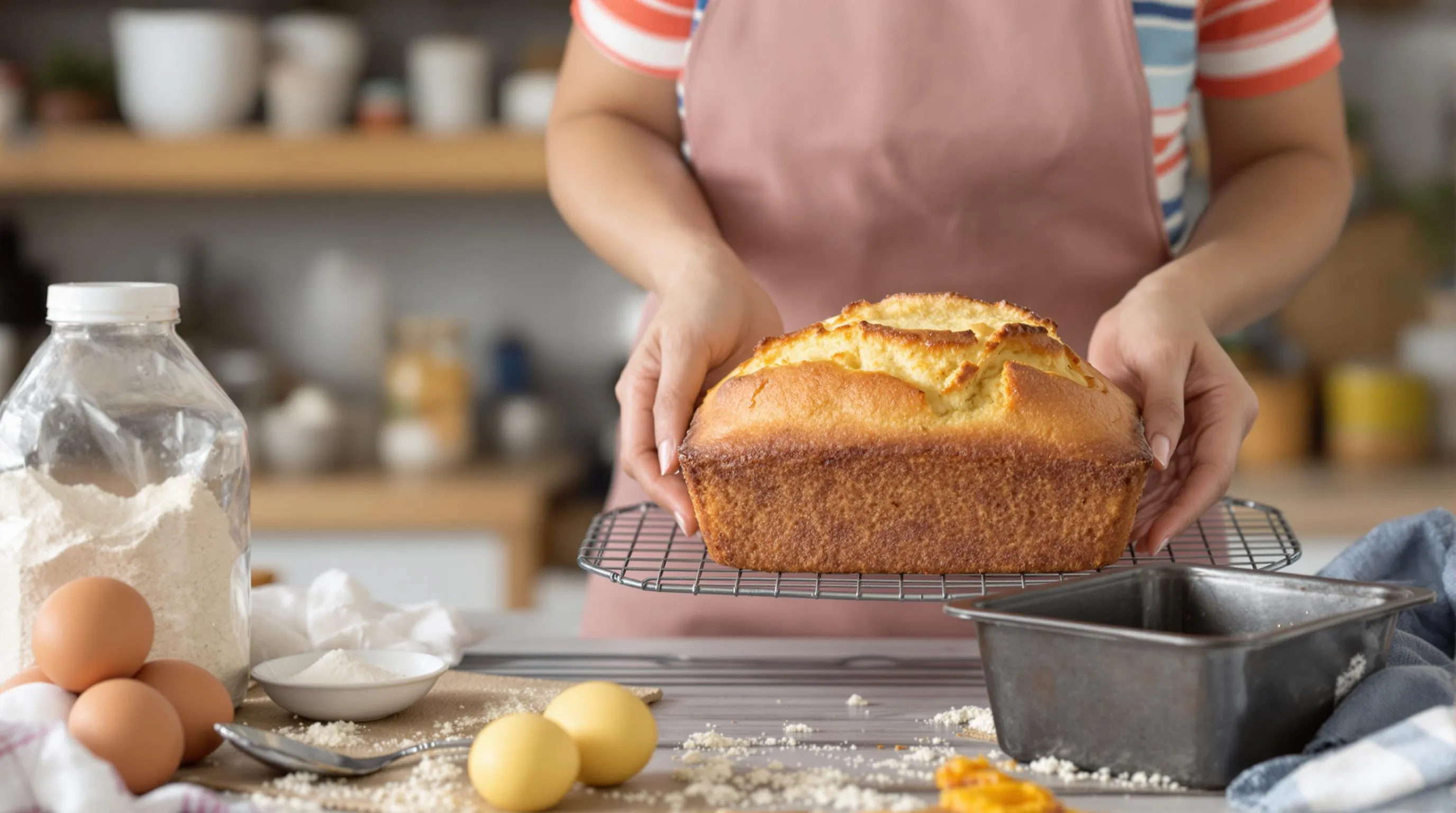
Follow this step-by-step guide to create a perfectly textured pound cake with that signature dense crumb and golden crust. The process requires attention to detail but rewards you with spectacular results.
Preparing Your Pan
Proper pan preparation prevents sticking and ensures your cake releases cleanly. Start by greasing your loaf pan thoroughly with softened butter using upward strokes to cover all surfaces. Dust the greased pan with a light coating of flour then tap out any excess. For extra insurance against sticking cut a piece of parchment paper to fit the bottom of the pan with slight overhang on the long sides to create handles for easy removal. This preparation step might seem fussy but pays dividends when it’s time to unmold your beautifully baked pound cake.
Creaming the Butter and Sugar
This crucial step creates the foundation for your pound cake’s texture. Begin with butter that’s properly softened (65-68°F) – it should yield to gentle pressure but still hold its shape. Beat the butter alone for 1-2 minutes until smooth and creamy. Add sugar gradually while continuing to beat at medium-high speed for 5-7 minutes until the mixture becomes noticeably lighter in both color and texture. The extended creaming process incorporates air into the batter which gives your pound cake its characteristic fine crumb. Don’t rush this step as proper creaming determines the final texture of your cake.
Adding the Eggs
Temperature matters significantly during this phase. Your eggs should be at room temperature to prevent curdling the batter. Add them one at a time beating for 30-45 seconds after each addition until fully incorporated. Scrape down the bowl frequently to ensure even mixing. The batter might look slightly curdled after adding the eggs but don’t worry – this is normal and will smooth out when you add the dry ingredients. Mix in vanilla extract or other flavorings after all eggs have been incorporated for even distribution of flavor.
Incorporating the Dry Ingredients
Handle the flour mixture with care to maintain the air you’ve worked to incorporate. Sift your flour with salt (and baking powder if using) to eliminate lumps and aerate the dry ingredients. Add the dry ingredients to your batter in three portions mixing at low speed just until combined after each addition. Overmixing at this stage develops gluten which can make your pound cake tough rather than tender. The final batter should be smooth thick and have a satiny appearance. For flavor variations fold in additions like citrus zest or chopped nuts with a rubber spatula after the flour is incorporated.
Baking Your Pound Cake
Baking pound cake properly requires patience and attention. Preheat your oven to 325°F (165°C) for at least 20 minutes before baking to ensure consistent temperature. Spoon the batter into your prepared pan smoothing the top with a spatula. Create a slight depression down the center to help the cake rise evenly since pound cakes naturally dome and crack in the middle. Bake in the middle rack of your oven for 60-75 minutes depending on your pan size and oven peculiarities. The cake is done when a wooden skewer inserted in the center comes out with a few moist crumbs attached. Allow the cake to cool in the pan for 10-15 minutes before turning out onto a wire rack to cool completely before slicing.
Tips for the Perfect Pound Cake
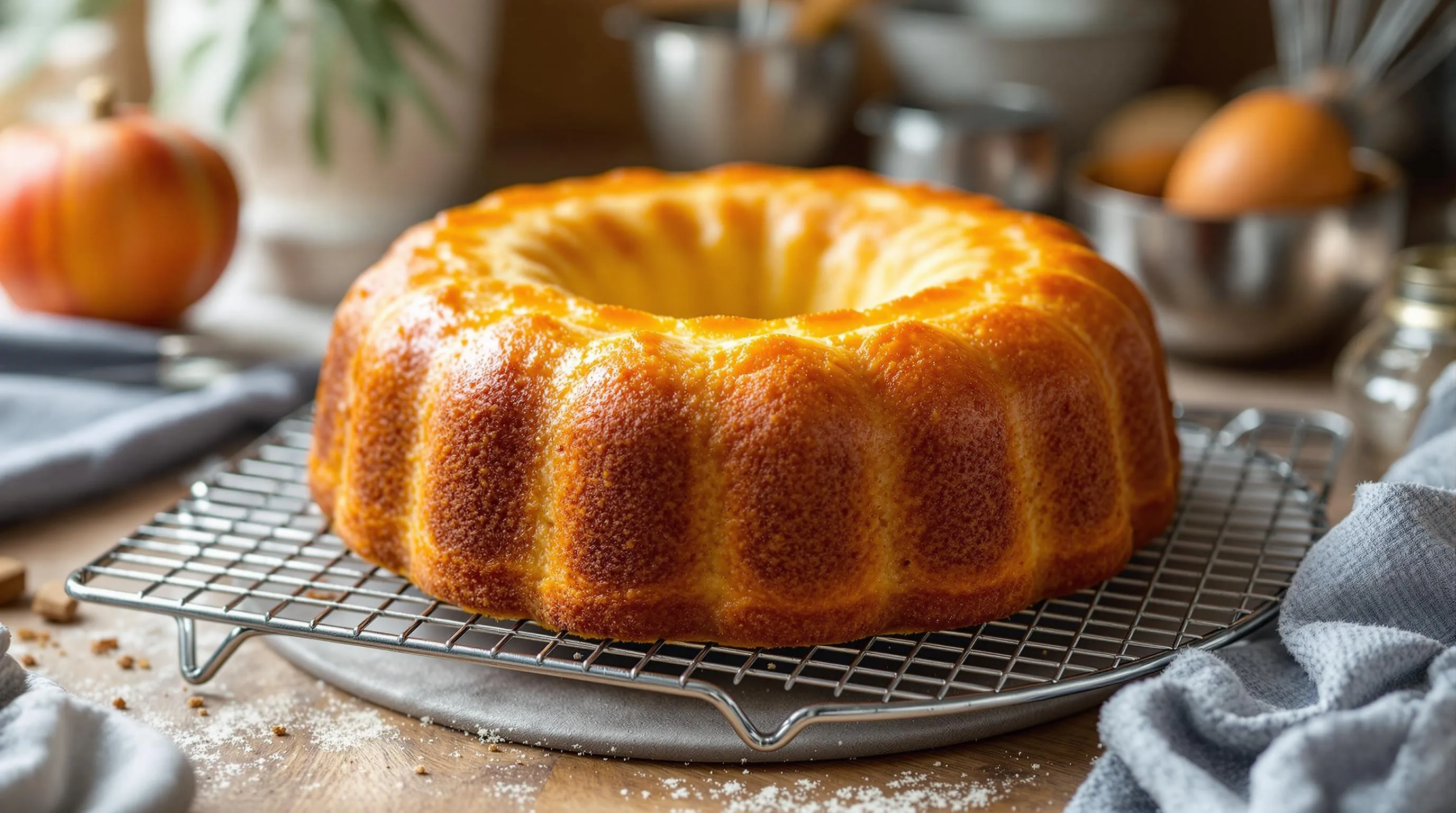
Creating the ideal pound cake requires attention to detail and proper technique. These professional tips will help you achieve bakery-quality results every time.
Achieving the Right Texture
Room temperature ingredients are non-negotiable for pound cake success. Take butter and eggs out of the refrigerator at least 1-2 hours before baking to ensure they incorporate properly. Cream the butter and sugar for a full 5-7 minutes until truly light and fluffy—this creates the air pockets essential for proper rise and texture. Add eggs one at a time allowing each to fully incorporate before adding the next. When adding flour fold it in gently rather than beating vigorously to preserve the air you’ve worked so hard to incorporate. For a truly velvety crumb sift your flour before measuring to eliminate any lumps that could create dense spots in your cake. The final batter should have a smooth ribbon-like consistency that drops slowly from your spatula.
Preventing a Dry Cake
Measure ingredients precisely using a kitchen scale for best results. Overmixing once the flour is added can develop gluten making your cake tough and dry. Keep an eye on baking time—even 5 minutes too long can rob your pound cake of moisture. Test for doneness when the top has a golden crust and a toothpick inserted in the center comes out with a few moist crumbs rather than waiting until it’s completely clean. Brush the hot cake with a simple syrup after baking to lock in moisture—mix equal parts sugar and water heated until the sugar dissolves completely. Store your pound cake properly by wrapping it tightly in plastic wrap once completely cooled. You can add moisture-rich ingredients like sour cream yogurt or cream cheese to your recipe for an exceptionally tender crumb. Avoid opening the oven door during the first 45 minutes of baking as temperature fluctuations can cause your cake to dry out.
Variations to Try
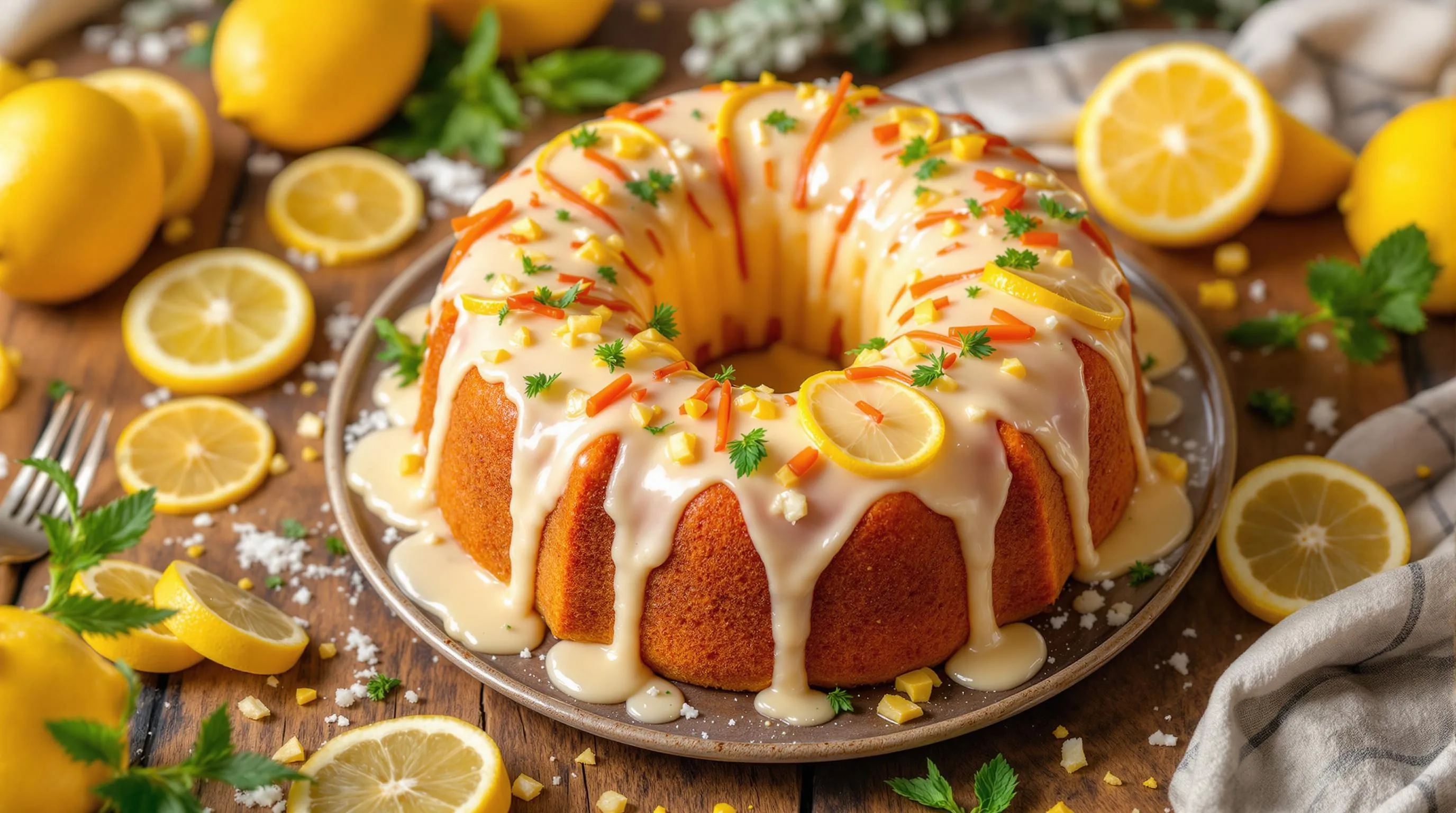
The classic pound cake recipe serves as an excellent foundation for creative variations. These delicious adaptations maintain the beloved dense crumb and rich texture while introducing new flavors and visual elements.
Lemon Pound Cake
Transform your basic pound cake into a bright citrus delight by adding 2 tablespoons of fresh lemon zest and ¼ cup of lemon juice to the batter. For an extra punch of flavor incorporate the zest when creaming the butter and sugar to release the essential oils. After baking brush the warm cake with a lemon syrup made from ¼ cup lemon juice and ¼ cup granulated sugar heated until dissolved. You can finish with a simple lemon glaze by mixing 1 cup powdered sugar with 2 tablespoons of fresh lemon juice drizzled over the cooled cake. This variation brings a refreshing tanginess that balances perfectly with the rich buttery base.
Chocolate Pound Cake
Create a decadent chocolate version by replacing ¼ cup of the flour with unsweetened cocoa powder. For the richest flavor use Dutch-processed cocoa powder which provides a deeper chocolate taste without acidity. Add ½ cup of mini chocolate chips to the batter for pockets of melted chocolate throughout the cake. You might need to add 2 tablespoons of milk or sour cream to maintain proper batter consistency since cocoa powder tends to absorb moisture. For an extra special touch drizzle the cooled cake with a simple ganache made from 4 ounces of melted chocolate and ¼ cup of heavy cream. This variation satisfies intense chocolate cravings while maintaining the signature dense pound cake texture.
Marble Pound Cake
Achieve an impressive marble effect by dividing your prepared batter in half. Leave one half plain and mix 3 tablespoons of unsweetened cocoa powder into the other half along with 1 tablespoon of milk to maintain consistency. Layer the batters in your prepared pan by alternating spoonfuls of vanilla and chocolate batter. Draw a butter knife through the batter in figure-eight patterns to create swirls without overmixing. The dramatic marbled appearance makes a stunning presentation when sliced while offering the perfect combination of classic vanilla and rich chocolate flavors in each bite. Bake as directed but check for doneness a few minutes earlier as the chocolate portions might bake faster than a traditional pound cake.
Storing and Freezing
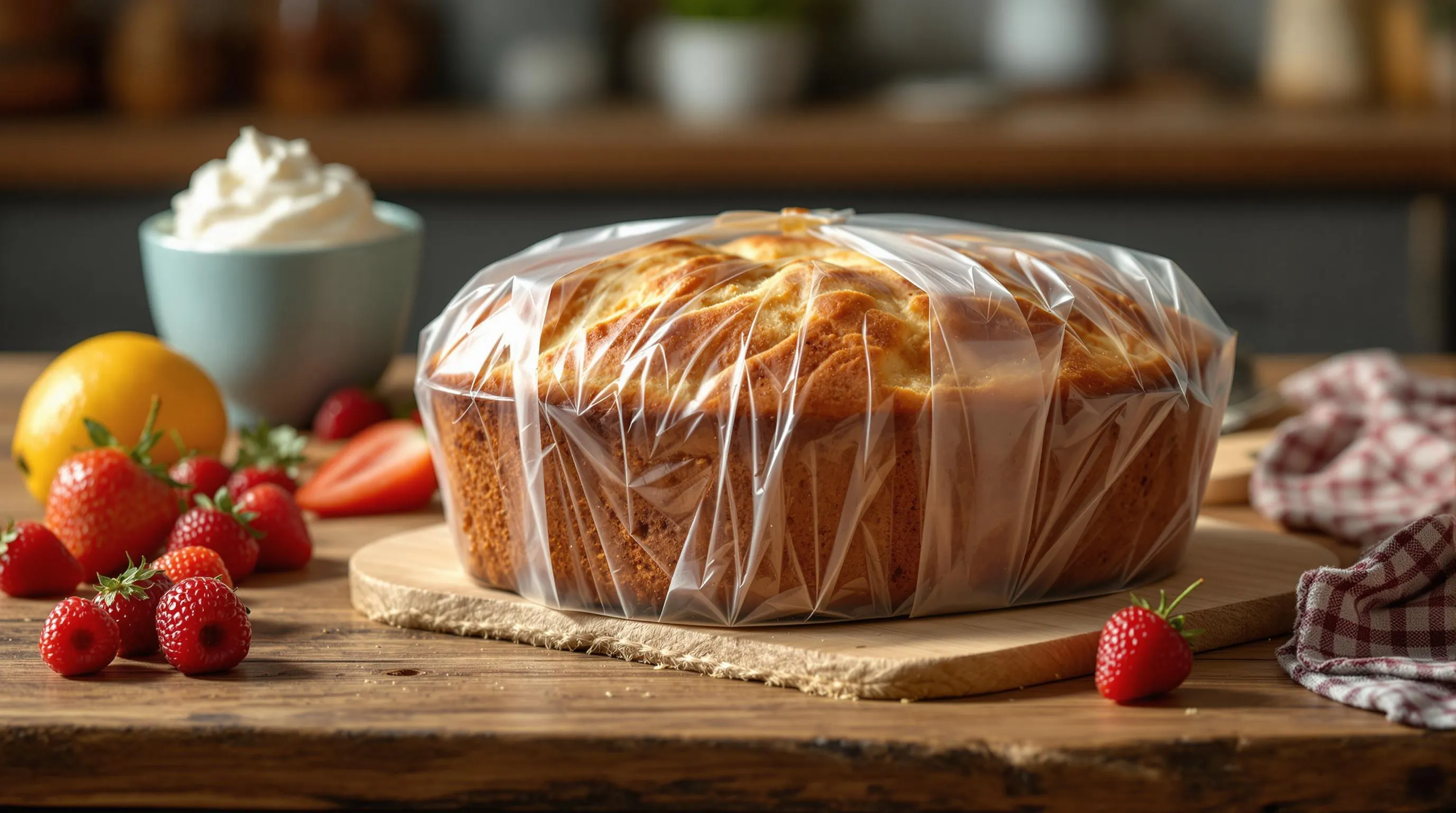
Pound cake stands out among desserts for its exceptional keeping qualities. At room temperature properly stored in an airtight container this buttery treat maintains its moisture and flavor for up to 5 days. Wrap your cooled cake tightly in plastic wrap then place it in a sealed container to prevent it from drying out.
For refrigerated storage place the completely cooled pound cake in an airtight container or wrap it thoroughly in plastic wrap. The cake will stay fresh in your refrigerator for up to 7 days though the texture might become slightly firmer when chilled. Allow refrigerated pound cake to sit at room temperature for about 20 minutes before serving to restore its soft texture.
Pound cake freezes beautifully making it perfect for advance preparation. To freeze wrap the completely cooled cake first in plastic wrap then in aluminum foil to create a double barrier against freezer burn. For extra protection place the wrapped cake inside a freezer-safe bag or container. Your pound cake will maintain optimal quality for up to 3 months in the freezer.
When ready to enjoy thaw frozen pound cake overnight in the refrigerator while keeping it wrapped. For quicker thawing let it sit at room temperature for 2-3 hours. Individual slices defrost even faster taking only about 30-45 minutes at room temperature which allows you to enjoy just what you need while keeping the rest preserved.
If your pound cake seems slightly dry after storage try one of these revival techniques:
- Brush room temperature cake slices lightly with simple syrup
- Warm slices for 10 seconds in the microwave
- Serve with fresh fruit whipped cream or a complementary sauce
These storage methods ensure you can enjoy your homemade pound cake whenever the craving strikes without sacrificing its signature dense crumb and rich buttery flavor.
Serving Suggestions
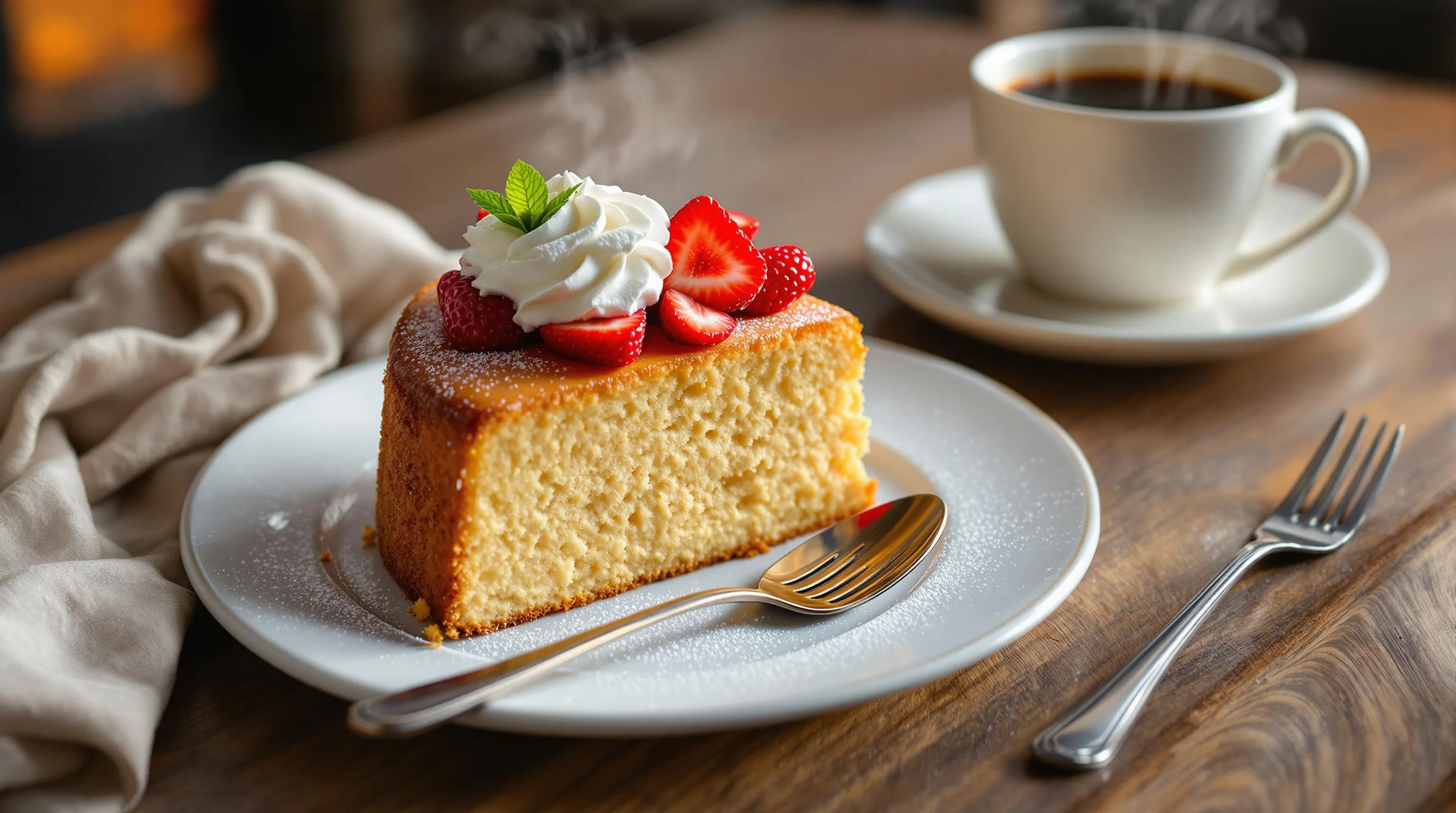
Pound cake shines as one of the most versatile desserts you can prepare with many ways to serve and enjoy it. Whether presented as a simple afternoon treat or transformed into an elaborate dessert centerpiece these serving ideas will help you showcase your perfectly baked creation.
For everyday enjoyment try serving thick slices of pound cake plain with a cup of coffee or tea. The rich buttery flavor stands beautifully on its own without any embellishment needed. Many pound cake enthusiasts insist this is the purest way to appreciate its delicate texture and flavor nuances.
Fresh fruit pairings elevate pound cake to new heights. Top slices with seasonal berries like strawberries blueberries or raspberries for a burst of color and freshness. During summer months create an impromptu shortcake by layering pound cake with macerated strawberries and freshly whipped cream.
Sauces and compotes transform simple pound cake into restaurant-worthy desserts. Consider these complementary options:
- Warm chocolate sauce for a decadent treat
- Mixed berry compote for bright fruity notes
- Caramel sauce for rich sweetness
- Lemon curd for tangy contrast
- Dulce de leche for a caramelized milk flavor
Ice cream and pound cake make a perfect partnership. Toast a slice lightly then top with vanilla bean ice cream and perhaps a drizzle of chocolate or caramel sauce. The contrast between warm cake and cold ice cream creates a delightful sensory experience.
For brunch gatherings consider pound cake French toast. Dip thick slices in a mixture of eggs cream vanilla and cinnamon then pan-fry until golden. Serve with maple syrup and a dusting of powdered sugar for an impressive morning treat that repurposes day-old cake.
Trifles and parfaits offer another creative presentation. Cube pound cake and layer it with pudding whipped cream and fruit in clear glasses for individual desserts that showcase colorful layers. This approach works particularly well for entertaining as you can prepare these ahead of time.
During holiday seasons dress up your pound cake with themed toppings. Cranberry sauce works wonderfully for Thanksgiving while peppermint and chocolate feel festive for winter celebrations. A simple glaze colored to match the occasion can also transform the presentation.
For elegant dinner parties consider these sophisticated serving ideas:
- Grill slices briefly for caramelized edges
- Serve with a quenelle of mascarpone cream
- Drizzle with aged balsamic reduction and fresh berries
- Pair with a complementary dessert wine or liqueur
- Torch the surface with sugar for a crème brûlée effect
Remember that pound cake freezes exceptionally well so you can always have some on hand for impromptu dessert needs. Simply thaw individual slices as needed and warm them slightly before serving for the best texture and flavor experience.
Troubleshooting Common Issues
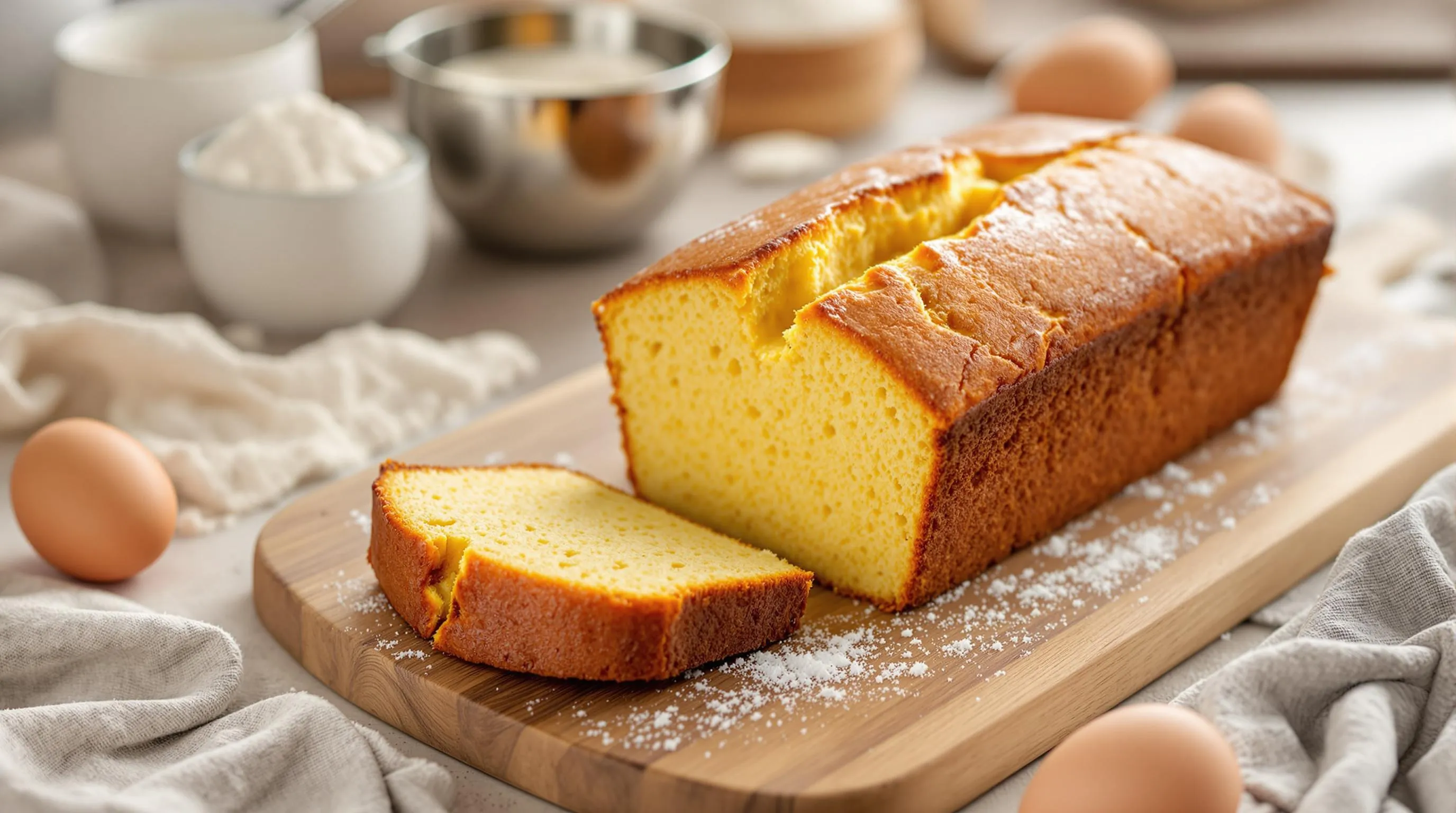
Even experienced bakers occasionally encounter challenges when making pound cake. Knowing how to address common problems ensures your pound cake turns out perfectly every time.
Cake Sinks in the Middle
A sunken center often indicates underbaking or opening the oven door too early. Ensure your oven reaches the proper temperature before baking and resist checking your cake until at least 75% through the baking time. Overmixing after adding flour can also cause sinking by developing too much gluten which prevents proper rising.
Dry or Crumbly Texture
Dry pound cake typically results from overbaking or using too much flour. Measure flour by spooning it into measuring cups and leveling off rather than scooping directly from the container which compacts it. Watch your baking time carefully and check for doneness a few minutes before the recipe suggests. Room temperature ingredients also help prevent dryness by creating a more cohesive batter.
Dense or Heavy Cake
Insufficient creaming of butter and sugar often leads to an overly dense cake. The creaming process incorporates air which serves as the primary leavening in traditional pound cake. Beat butter and sugar for the full recommended time (5-7 minutes) until truly light and fluffy. Cold ingredients can also prevent proper incorporation of air, so ensure everything is at room temperature.
Cracked Top
While a crack along the top of pound cake is actually traditional and desirable, an excessive crack might indicate your oven temperature is too high. Consider reducing the temperature by 25°F and extending baking time slightly. Placing the pan on a lower rack in your oven can also help moderate the heat distribution.
Stuck to the Pan
Proper pan preparation prevents sticking issues. Thoroughly grease your pan with butter or shortening and dust with flour, or use parchment paper. Allow the cake to cool in the pan for 10-15 minutes before attempting to remove it. Running a thin knife around the edges helps release the cake cleanly.
Uneven Browning
Uneven browning typically indicates hot spots in your oven. Rotate your cake halfway through baking for more consistent results. A dark-colored pan can also cause excessive browning on the bottom and sides. Consider using light-colored aluminum pans which provide more even heat distribution.
Gummy Layer at the Bottom
A gummy layer often results from underbaking or improper mixing. Ensure your batter is thoroughly mixed without overbeating. Test for doneness by inserting a toothpick in the center—it should come out clean or with a few moist crumbs. The internal temperature should reach approximately 210°F when fully baked.
Cake Tastes Too Eggy
An overly eggy flavor can occur when eggs aren’t properly incorporated. Add eggs one at a time, beating well after each addition until fully absorbed into the batter. Including vanilla extract or other flavorings helps balance the egg taste while improving the overall flavor profile of your pound cake.
Conclusion
Your homemade pound cake journey doesn’t end with the baking—it’s just the beginning of endless enjoyment. This versatile classic deserves a permanent spot in your baking repertoire with its rich buttery flavor and remarkable keeping qualities.
Master the fundamental techniques we’ve shared and you’ll create a dessert that impresses every time. Remember that quality ingredients and proper temperature control make all the difference between a good pound cake and an exceptional one.
Whether you stick with the traditional recipe or explore creative variations the result will always be worth the effort. Your perfectly baked pound cake awaits—golden-crusted dense-crumbed and utterly delicious. Happy baking!

